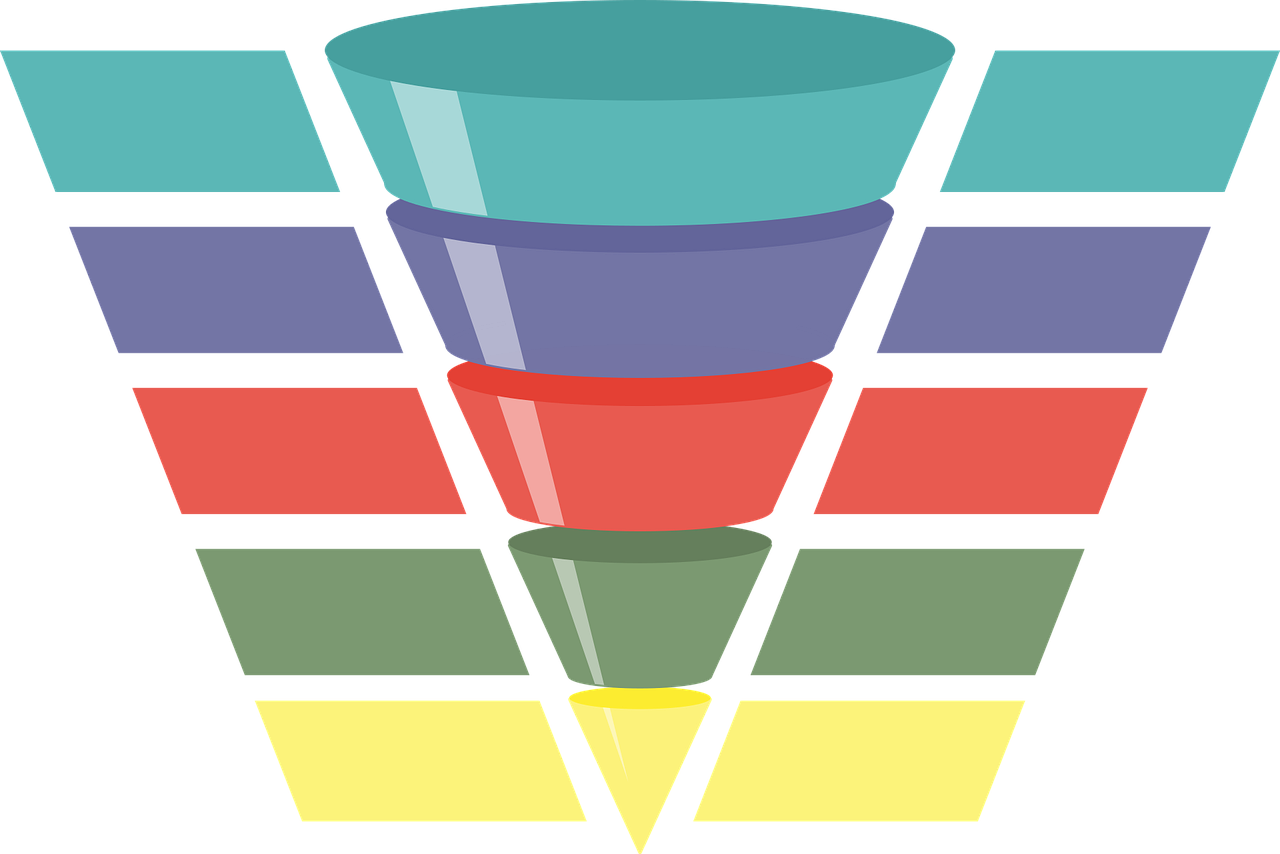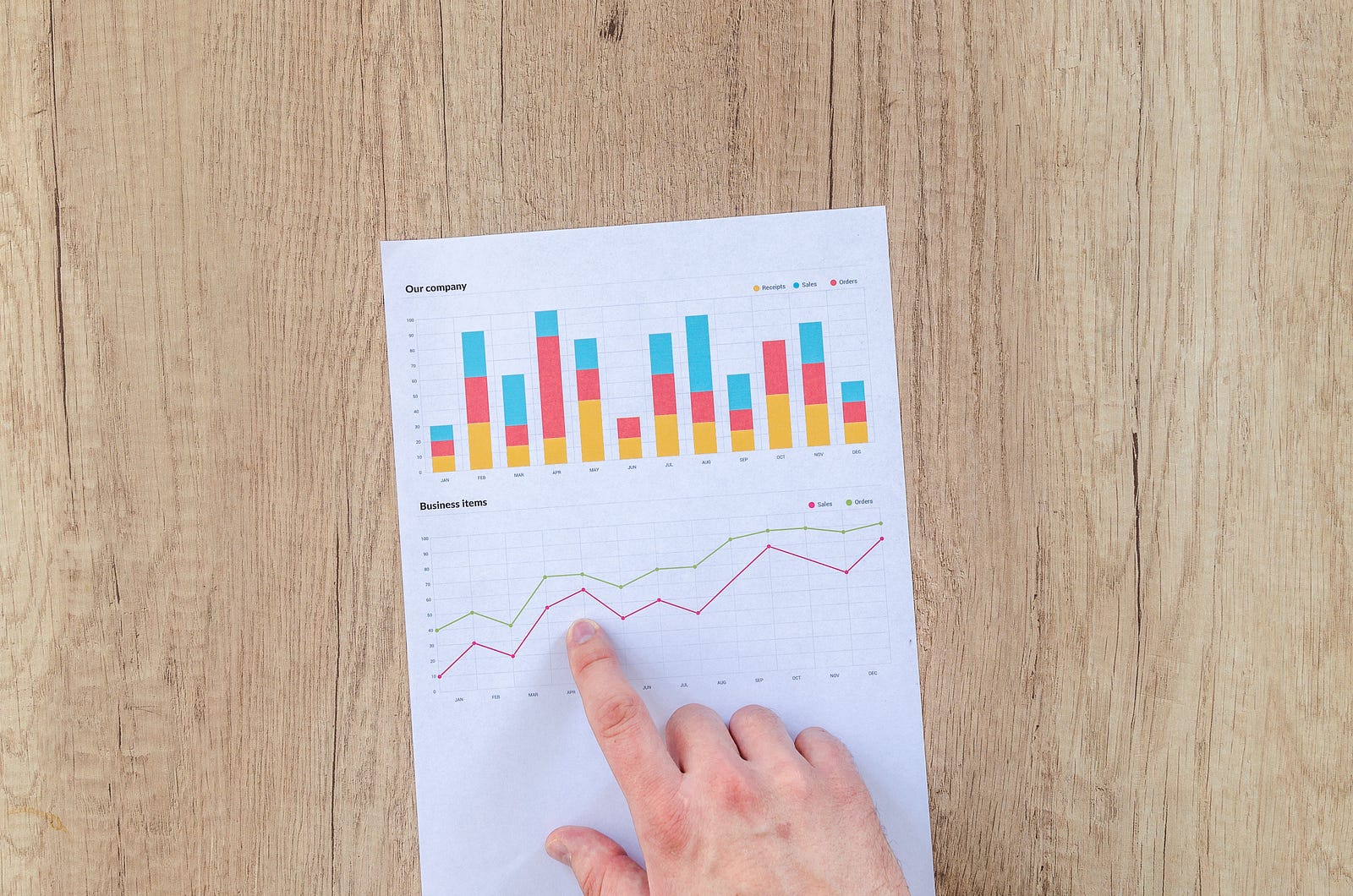How to Build Marketing Funnels Like A Pro
There are a lot of people whom I have worked with that did know where to start in getting new customers. Especially on the web where there is a crowd of competitors. They all start with some traffic generation tactic. They would use Facebook, Twitter, LinkedIn, or Pinterest. Their goal is to drive web traffic to their website and hope to make a sale. This rarely happened or never happened at all.
So, what is the problem? The problem is that they did not design a marketing funnel.
A marketing funnel uses strategy, processes, web traffic, email automation, and content. They all work together in symbiotic harmony to deliver you a customer. The process does not happen overnight. This takes hard work and a lot of A/B testing. If you are selling a service or an information product then you must build a marketing funnel. A marketing funnel would contain a series of steps. For example, the first step would be to drive people to a blog post and build awareness for your brand. You then want to re-target your blog visitors to give you their email address to get a free eBook. When you get their email address then this is the first transaction that you have with your prospect. We will cover more in this blog post.
Why Should You Use Marketing Funnel?
The main benefit of using a marketing funnel is that it is quite easy to follow. You can map out each level of the funnel and plan for the activities of that stage. Besides that, you can build funnels for any customer interaction. No matter what kind of business you engage in, the funnel always applies. The funnel is a structured and repeatable system used to generate leads. The funnel is independent of traffic sources and is their own entity.
The chances of increasing your ROI goes up. You can measure each step in the process. For instance, you may find that you get many visitors at stage one. But only a small percentage of those gets to stage two. By knowing this, you can make tweaks and see the kind of effect it has on sales.
Understanding Marketing Funnels
A marketing funnel is a visual representation of the steps to turn a website visitor into a customer. Each of your competitors has a marketing funnel even if they do not know they have one. This is where you have the opportunity to grab market share. Because you are reading this blog post. You are now going to learn the value of mapping your customer journey through the funnel. At a high-level marketing funnels have the top, middle, and bottom.
The top of the funnel are people who are new to your brand. They have no idea who you and may never come back to your site. This is where the power of ad retargeting is so vital to so many businesses.
The middle of the funnel are people who have opted in to receiving communications from you. You may have offered them a lead magnet in exchange for their email address.
The bottom of the funnel is where you convert your leads into customers. Each step in the funnel has a correlated tactic to nudge people down your funnel. We outline the marketing funnel in five steps below.
1. Awareness
The first stage of the marketing funnel is awareness. This is an important step in the process. This is where you make your first impression to website visitors.
They have no idea who you are or what you represent. You have only a couple of seconds to capture their attention until they move on. So, what do you want to do? This is where content marketing comes into play. I like to run paid traffic to a blog post. You send targeted web traffic based on interest or intent to your best piece of content. The content should add value for your website visitors and display your expertise. You then want to have a call-to-action on the blog post to get their email address. This way you can market to them over time and nudge them along down the funnel. You also want to use a re-marketing pixel. This way when your prospect leaves you build out your invisible email list in Facebook. This is also known as the custom audience for website visitors. When you have enough people you have in your custom audience then you can run other targeted ads. You want to drive a lot of people into the awareness stage of the funnel. The more people who have entered your funnel then the better opportunity to get more leads.
2. Interest and Evaluation
You ever go window shopping and see something that catches your eye. You go into the store, try the outfit on but does not look right. You then get out of the fitting area and see other shirts on the rack that interest you. You then try those shirts on to see if you like them. This is what the interest and evaluation stage of the marketing funnel is. At this level, you start targeting specific prospects, who meet certain criteria. You get your prospect to opt-in to one of your landing pages. You then send them email communications to get them into one of your webinars. You build their excitement in your brand with your social media posts, blogs, and videos. You want to make sure your content is top-notch on the web. The competition for customers is fierce on the web. I have been working on the web for over 5 years with my digital marketing agency. You must have good content. You must take the time to work on a single piece of content rather than push a bunch of blog post out. Your content is a representation of your brand and skills. This will help you build the interest level of you prospect and move them down the next stage of the funnel.
3. The Commitment
This is the final step in the funnel before you achieve the goal of your funnel. It will usually entail rewarding potential customers to complete the goal. For instance, you can offer a small percentage discount if they make the purchase on that day. Besides that, you could begin telling customers of the benefits they should expect after making the sale.
For instance, if you sell nutritional supplements, you could create a video talking about how people felt great after taking the supplements. At this stage of the funnel, the focus is on easing any worries and convincing the customer to take the final step. Thus, if you are an online merchant, you need to make the checkout process as simplified as possible. For instance, if the goal is to get customers to fill out a form, make the form as short and simple as possible.
4. Loyalty
This step can also be called customer retention. This is where you invite customers to subscribe to your blog or site in order to receive the latest deals first. From time to time, ensure that you send customers helpful content that is beneficial to them. There are many ways to ensure loyalty. For instance, you can offer repeat customers an increasing number of discounts for their loyalty.
5. Advocacy
After the customers have made the purchase, that should not be the end of the conversion. You will now have an opportunity to use these people as advocates of your brand. Besides that, you can use them for repeat business, which means you will not have to spend as much money on future marketing campaigns to net customers.
In fact, the advocacy stage can be more valuable than the commitment stage of the sale. The customer you get through the funnel will already have cost you advertising dollars. However, if your customer becomes an advocate for you and helps you make more sales, which will be free advertising.
Customers can unknowingly become brand ambassadors. The key goal here is to make sure they sell you through social media to their friends. Besides that, you need to have a review section where they can post online reviews. If your products are good, the online reviews can do wonders for the legitimacy of your brand.








